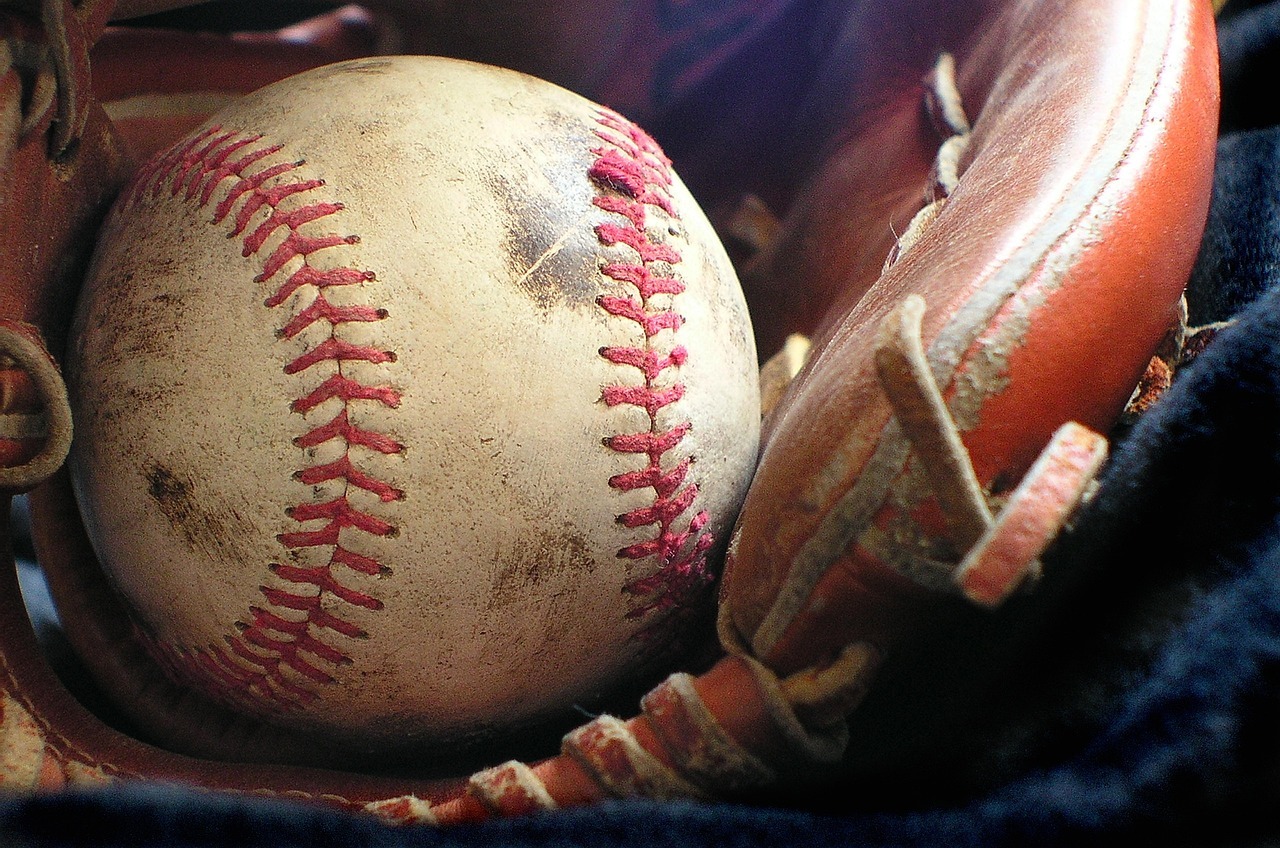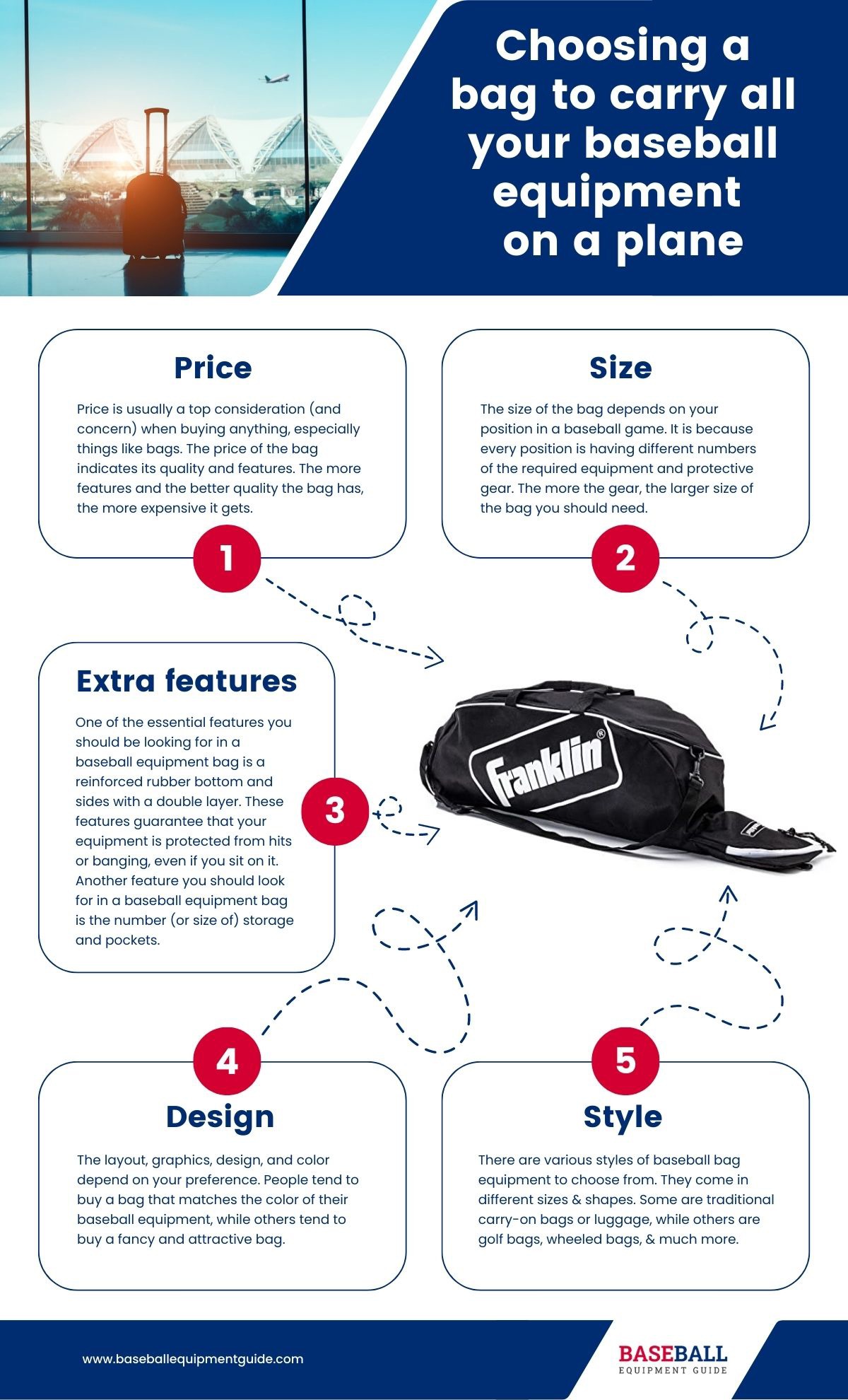The game of baseball requires a certain level of discipline if we want to master it; part of that discipline includes taking proper care of the gear. By maintaining your baseball gear in the proper way, you will be able to make the most of these items. Since they can be expensive, the right maintenance is essential.
When your baseball gear is in good condition, it also provides a better playing experience. In fact, some baseball coaches even say that caring for baseball gear is equally important as hitting home runs or throwing the best curveballs in the game.
Since caring for baseball gear is akin to respecting the game, it makes sense to read up on the methods and steps for taking care of each item. There could be different rituals and different requirements for the various pieces in a whole set, so let’s take a glance at some of these.
Cleaning and Drying
Baseball is usually an outdoor game, which means that the equipment is exposed to dirt, air, mud, and other elements during a game or practice. Even if you’re playing it indoors, there’s bound to be sweat and other forms of residue on the protective gear, bats, gloves, balls, and so on.
First of all, no matter what kind of gear it is, there should be a drying process involved in its maintenance. Without this, the gear is likely to be vulnerable to mildew and mold growth.
Here’s a breakdown of how to properly clean and dry various baseball gear items:
Baseball Gloves
Without proper cleaning and drying, even the most high-end baseball glove will go down in quality and performance. Make sure your baseball gloves stay in peak condition by doing the following:
- Wipe the gloves thoroughly after each practice session or game; make sure that there are no traces of grime or dust left
- A leather cleaner is best for baseball gloves; avoid the use of regular household cleaners or sprays
- Use conditioning oil for a monthly moistening session for each glove. Make sure to use a very little amount so that there aren’t any buildups over time. Petroleum jelly may also be a viable option if you don’t have conditioning oil on hand
- If the glove still feels dirty, use some mild soap or disinfectant to make it cleaner
Baseball Bats
- If the bats are made of metal or carbon compost, you don’t have to worry about corrosion. All you need is to use a cloth and wipe them down after the game or a practice session
- Wooden bats require a little more attention, or they can be vulnerable to warping. Wipe the bat after each game, but without any water. Rubbing alcohol might be used only if needed, as it will provide protection from pine tar or bacteria
Catcher’s Gear
The catcher has the most gear in the whole team. Here are some tips for keeping each item clean and maintained:
Mitts
Clean after use and oil occasionally; otherwise, the leather might crack
Shin guards
Check the strap hooks and straps; replace any part that is damaged
Face masks and helmets
These need to be cleaned each time you go into the diamond. The helmets need an inspection for any damages or cracks after use.
Chest protectors
A chest protector is the most likely to stink after a game, so it needs airing after each use. Plus, you need to inspect the protector’s hooks and straps each time as well.
Baseball Cleats
Cleats are usually adept at picking up mud from a game. It may not always be possible to clean them after every single practice, but once a week should be a must for regular players.
If you’re not planning to deep clean your cleats, simply bang them together after a game. This will dislodge most of the loose dirt and debris on the shoes. For proper cleaning, soak the cleats in lukewarm water for 5-10 minutes and then use a tough brush to scrub away the stubborn dirt. After rinsing the cleats, make sure to pat them dry before storage
Storage
In addition to cleaning, drying, and regular maintenance, baseball gear also needs proper storage. Without this, the gear will be vulnerable to outside elements and may get damaged even when it’s stored away until the next season.
If you want your baseball gear to look and perform like it did the last season, it’s time to check out some proper storage options:
- Baseball Gloves: They need a cool, dry, and clean place to prevent fading, cracking, or mold
- Baseball Bats: Store them vertically with the handle pointing upward to prevent deformation or warping (if possible, use a bat bag)
- Baseballs: These are pretty easy to store, but make sure they’re clean and dry before you put them in any bag or on a shelf
Catcher’s Gears
When storing your catcher’s mitt, make sure that direct sunlight doesn’t fall on it. Since catchers usually have a lot of gear, something like a duffel bag will probably be necessary for holding most of it. There are specific baseball bags made for holding catchers’ gear, so you have everything safe in its own place. If you don’t have one of those, make sure that the mitts and gloves are in a separate bag or box while traveling. A more detailed guide on how to fly with baseball equipment might also be helpful.
Different Storage Options
There are a few different storage options that we can use, but they’re not all interchangeable. Here are a few tips to keep in mind:
- Baseball gloves are not for keeping in an equipment bag, where they might get bent out of shape
- Baseball caps can be organized on special hangers and then stowed away in a closet
- Shelving might be a good option for most baseball gear; they display everything at once and keep the gear dry
Maintenance
The rituals of regularly maintaining baseball gear might differ from one player to another. Still, there are some basic tasks that you should be taking care of on a frequent basis. Regular maintenance can prevent the gear from wearing out or breaking before its time. Some of these tasks include:
- Regularly checking the laces on baseball gloves; if these become loose and frayed while the glove is still in good condition, re-lacing is a must
- Checking the bat grips and replacing or tightening them when required
- Conditioning wooden bats by grinding them against each other with hard and even strokes; this practice will enable better contact with the baseball
Protective Gear
Protective gear can prevent many players from getting injuries during games or practice sessions. Again, though, proper maintenance is necessary if you want to get the best performance from the gear. Here are some maintenance tips to keep in mind for this specific category:
- Check for worn-out straps, clasps, hooks, or helmet padding after each game. Replace these as soon as you notice any damage
- The helmet padding also requires cleaning every week during the season
- Inspect all the gear even before using; check for any damage and whether it fits properly
- Any cracks, worn-out padding, or loose helmets need replacing or refurbishing; they also need regular conditioning by professionals
- Clean the helmets with mild detergent and warm water, but don’t submerge them
- The equipment should not be stored in a vehicle, but indoors and away from the sun
- Air out the chest and leg guards after each use and wipe them down
A good rule of thumb is to read the manufacturer’s directions about cleaning the protective gear when you first buy it. This way, you’ll already have an idea about how to maintain your gear in the long term.
Off-Season Storage
One needs to Off-Season Storage be especially careful when they’re stowing away baseball gear for the off-season. Since the equipment will be out of sight for a long time, it’s even more important to ensure that it’s stored properly to avoid damage. The following tips should help you store your gear for the off-season:
- Make sure that each part of the gear is cleaned and properly dried.
- In particular, items like wooden baseball bats are vulnerable to warping, water damage, and deformation. Both the bat and the storage space should be absolutely dry before you store it
- Dry the gloves thoroughly and check for any damage; consider an oiling session before storing and tighten the laces
Off-Season Storage Options
Proper shelving and storage cabinets might be among the things you want for your kids’ rooms if they’re enthusiastic baseball players. For more secure options, some may consider using storage units with climate control.
If your garage or basement is dry enough, these can also be variable storage options for the off-season. Use bins, boxes, and whatever it takes to avoid mixing up the different types of gear.
Conclusion
Once you invest in quality baseball gear, it’s important to maintain it regularly. This will make sure that the gear lasts as long as possible and also performs well each time. While it may not always be easy or convenient, following the maintenance tips above will save you money, a lot of hassle, and improve your game. If you haven’t already started, begin inspecting and maintaining your gear today!



